 Desiderata
Desiderata
Courses 1
Courses 2
Courses 3
We must always doubt as we are deluded imagists.
![]()
As a human with an imagination, I am an imagist, a creator of images.
We must all create images from what we absorb by paying attention to things. We sense, read, experience and dream. In all of these forms images form in our mind. For artistically expressive people these images influence their creations. But all people create images.
As imagists, what we are imagining is not necessarily accurate. Part of learning is the capacity to match, test and question our images with respect to how well these imaginative thoughts reveal the forms in all their simplicity and complexity found in the surrounding world. There are degrees of inaccuracy, therefore, or gradations of uncertainty in what we imagine to be true (fact) or not (fiction).
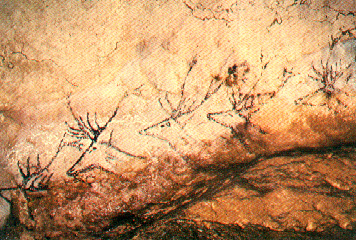
Our task is to separate the image --in our minds-- from the thing, concept, event, or person we imagine exists in the world we share with them.
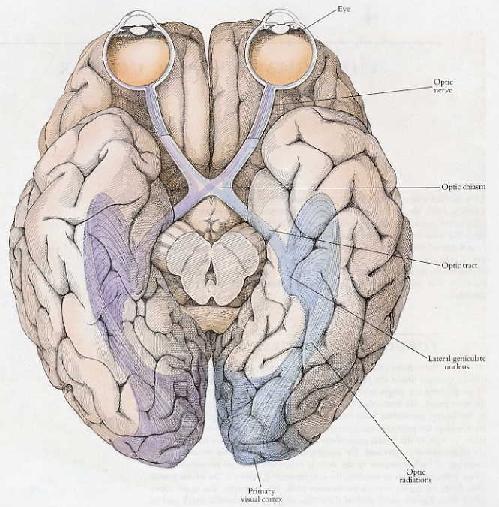
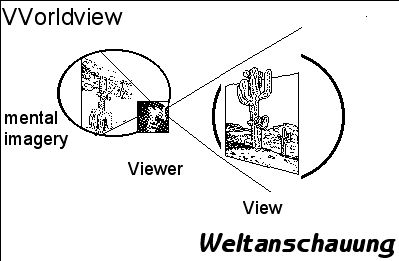
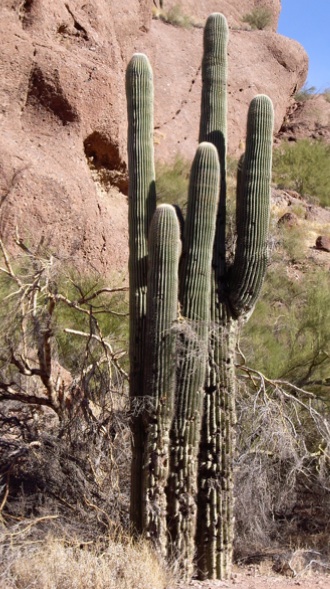
Because words, similes, and metaphors are what we use to express our images, or the image we want to convey to others, we must use care.
Words and symbols are the tools we use, with proper context, grammar, and syntax to convey our images. Since words may either elucidate, or deceive, we do not want to trust words to convey what the images means to us.
| The uses of symbols. | |
 |
|
As in Egypt, Many cultures use calligraphic symbols in their language. |
The Hindu character symbolizing Dhamma, in Pali
|
As symbols, images and words are all we ever have, a healthy dose of doubt is a very effective and necessary antidote to becoming deluded by our, or other's images. In getting beyond the words and the images we need all the assistance we can to envision the world as it may have been.
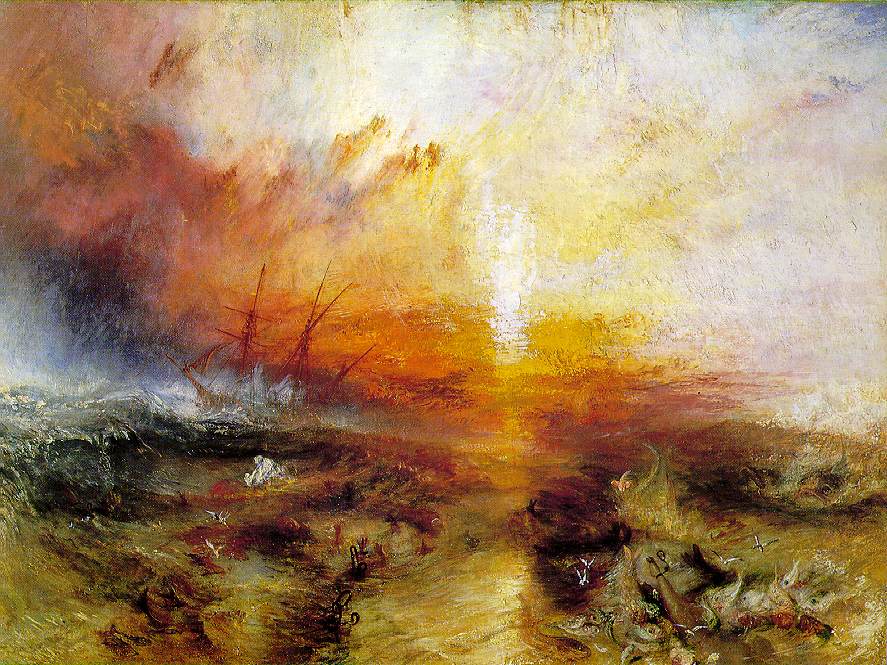
This is because the world always retreats from or -- if you prefer, races ahead-- of our perceptions of its features and changing elements. Our images are like the light of stars in the night sky, they tell is what was there, but perhaps not at all what is now here amongst us.
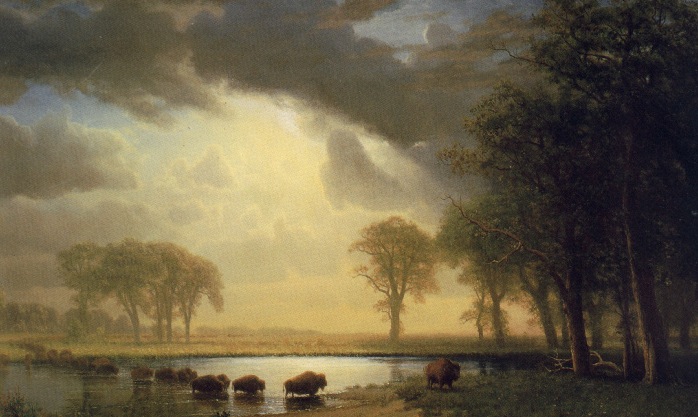
Yet what fabulous and wonderful images are we capable of creating that reflect, with sufficient doubt, the eternal paradox inherent in the way of the world.
Through the doors of doubt lies the confirmation that we may imagine a world almost a grand as the actual world is forever becoming.
1)
See Wiki entry –
http://en.wikipedia.org/wiki/Dharma2)
"The Devanagri alphabet is closely linked with the ancient Sanskrit language."
See: CALLIGRAPHY DESIGN BY STEWART J. THOMAS He insists that "In fact, it is the script used for a host of South Asian languages and is structurally related to many other Indian, Central Asian and Southeast Asian scripts. In both traditional forms and contemporary expression, these scripts provide a strong base for artistic expression." Taken from the website –
http://palmstone.com/portfolio/index111.html

